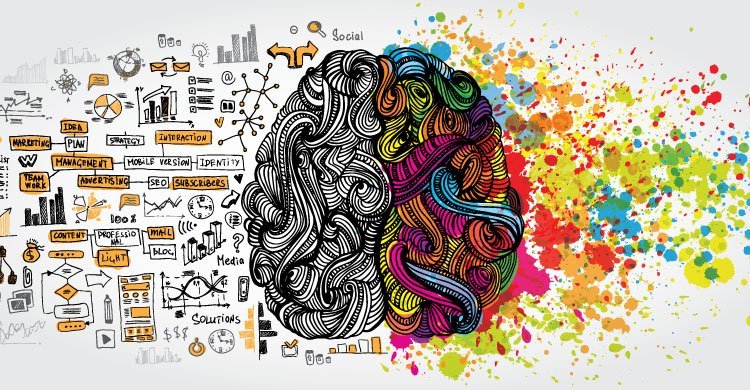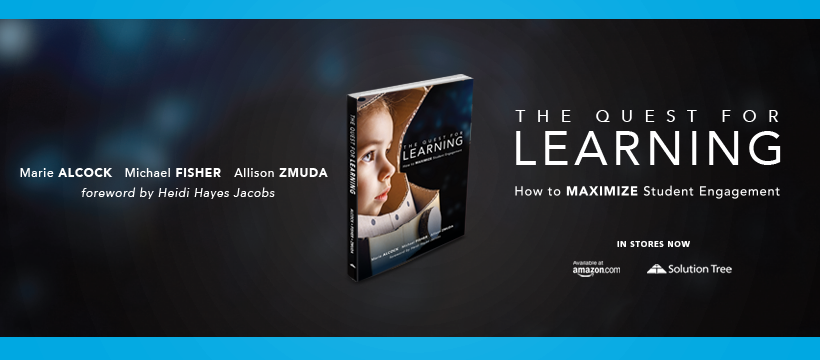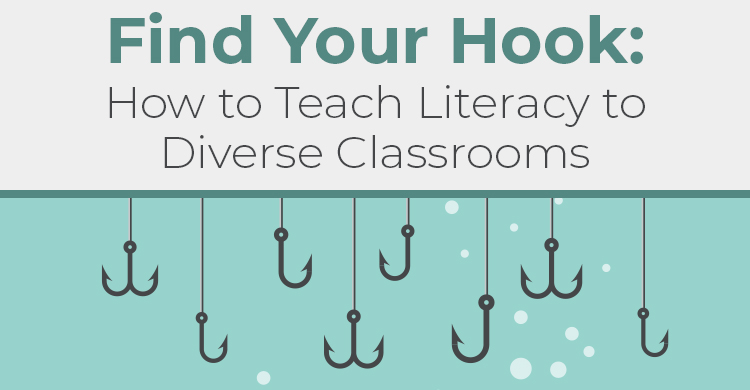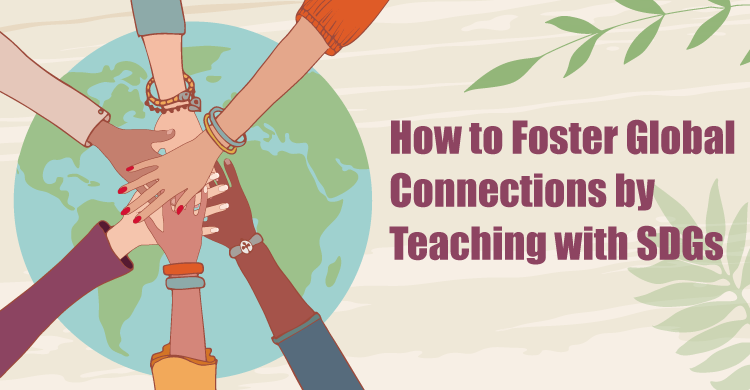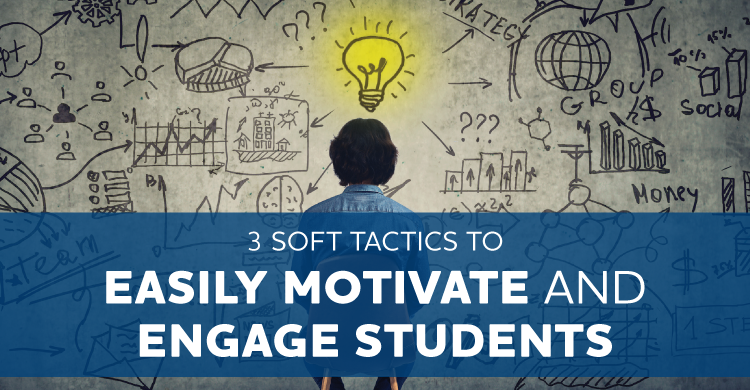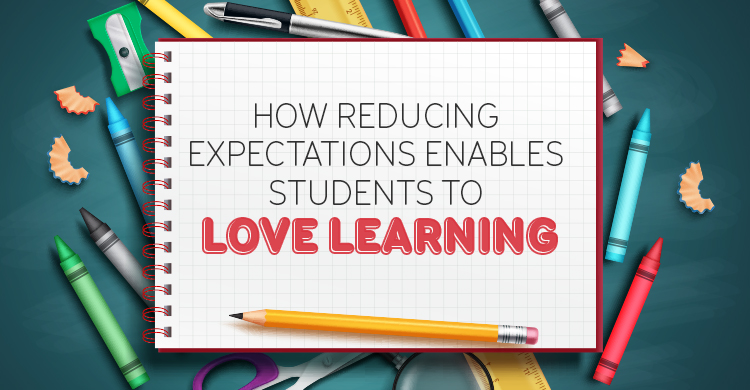This month, we are very excited to be joined by the wonderful Bena Kallick, co-founder of the Habits of Mind Institute, and author of the recent Students at the Center: Personalized Learning with Habits of Mind, written with Allison Zmuda.Last August, we wrote a blog post entitled “Meet Generation Alpha: Teaching the Newest Generation of Students.” In the post, we described the unique needs of the newest generation of learners entering our classrooms right now. One of those primary unique needs has to do with cultivating soft skills, dispositions that help students be more self-regulated, empathetic, mindful, inquisitive, collaborative, etc.
As an extension of that blog post, we thought it would be a good idea to share an interview between Bena and us about dispositions and their importance to all learners, Generation Alpha included.
Allison Zmuda: We wrote about Generation Alpha in a previous blog post, and we wanted to revisit it while we had a chance to sit down with you, so we could discuss the distinct needs this particular generation will have. While Generation Alpha will be highly technologically literate and virtually interactive, they may lack communication and collaboration skills working with others. What are the Habits of Mind that are relevant, and how can we begin to think about strategies that teachers can engage in to promote effective communication and collaboration?
Bena Kallick: Although we often label according to generations, there are some attributes that remain constant, regardless of changes that occur in our society. We might call them “classic.” It is no surprise that Habits of Mind have been a set of dispositions that have remained important over the past 25 years. We also asked students from around the world to imagine how the habits would help over the next 25 years. Regardless of robots, artificial intelligence, gaming, driverless cars, we know that human beings will have to remain open to continuous learning. We know that they will need to be able to think flexibly, listen to one another with understanding and empathy, continue to question and pose problems—to mention a few of the habits. And the reason is that we humans are social beings who thrive in a social, interdependent world.
Michael Fisher: I think your previous response opens up several conversations about human interactions and relationships, and how those interactions and relationships could lead to better learning. Could you talk more about this interdependency?
Bena Kallick: What has become especially interesting for us as educators is that we are just beginning to realize that these dispositions can be taught. (You may be born with a natural disposition of curiosity—we see this in infants as they explore the world.) However, we did not always believe that we needed to cultivate curiosity as we allowed the drive to acquire more and more information to suppress the dispositions of creating, imagining, innovating. The dramatic change for Generation Alpha students is that information is accessible on so many devices and is accessible anytime, anyplace. So we, as educators, need to move our attention from focusing on acquiring information to making sense of what we gather. The sense-making process becomes a social construction, and we need to teach students how to communicate with clarity and precision, how to listen to one another with understanding and empathy, how to think interdependently, remaining open to others’ perspectives. In other words, the “soft” skills, which are often the hardest skills to learn because they make a demand on the social and emotional balance of an individual, are the key to learning.
Marie Alcock: So, in essence, the learning isn’t something that happens after we teach these Habits of Mind; they’re meant to be embedded.
Bena Kallick: Exactly. We focus on the Habits of Mind with clear recognition that habits take practice. Therefore, students need to have the opportunity to practice. And practicing the habits can only take place when the nature of the tasks requires the use of the habit. When students are continuously doing worksheets, answering informational questions, listening rather than talking, they will be limited in the habits that they develop. Perhaps they will learn how to persist, but they will be persisting as an act of compliance rather than through engagement. They may learn more about striving for accuracy, but they will be striving for a grade rather than striving to become better craftsmen of the work they produce.
Michael Fisher: I guess that begs the question of when teachers will attempt to integrate these dispositions into their current curricula. As professional development providers, we continue to have difficult conversations about content coverage, purchased curricula with tight timelines, and standardized tests. Teachers may want to engage these dispositions but are afraid of taking the risk of disrupting the fidelity to the work they are already doing. What are some reasonable responsible risks that teachers (and their students) could take?
Bena Kallick: As teachers, as well as students, we must be open to taking some responsible risks. We need to be willing to understand that some of the most meaningful learning comes from realizing that you cannot always be right. We need to be courageous in our effort to combat the apathy that surrounds us. We need to be willing to jump into the pool of learning that is uncertain, is complex, and allow ourselves to experience ambiguity. As Art Costa and I have said, the habits of mind are what we call upon when we don’t know what to do.
Marie Alcock: This is one of the big throughlines in our Quest book: in order for learning to be meaningful to contemporary students, we have to go beyond the known. I like the permission you’re granting for the experience of ambiguity. Lots of learning lives in that space!
Bena Kallick: It really does!
Allison Zmuda: I want to bring it back to Generation Alpha. This generation started in 2010, so the oldest members of this generation are only eight years old. As these students get older, do teachers need to consider how the dispositions get more sophisticated over time?
Bena Kallick: We have found it very interesting to explore the habits from preK through high school. We have learned that the way that we define each habit can serve as a description, regardless of developmental stage. The descriptions may vary in terms of the language and the situations in which the students understand the habits, but the main “look-fors” pretty much remain the same. When we ask teachers to chart what, for example, wonderment and awe look like, they come up with attributes that fit as easily for the young as for the old. The situations and experiences in which one finds wonderment and awe are developmentally different. For that reason, we see the habits as an excellent systemic approach that, in our experience, often can be found in the profile of a graduate from high school and can be developed from entry into preK.
To learn more about Habits of Minds, Contemporary Learning, and the work of all involved here, check out The Quest for Learning from Marie, Allison, and Mike and Students at the Center from Allison and Bena.
The Habits of Mind play a large part in the basis of our ideas about contemporary learning and contemporary learners. What Bena created with Art Costa has served educators and students for the last 25 years, and we hope it will continue to do so for many years to come.
[author_bio id=”1446″][author_bio id=”1485″][author_bio id=”1344″]


